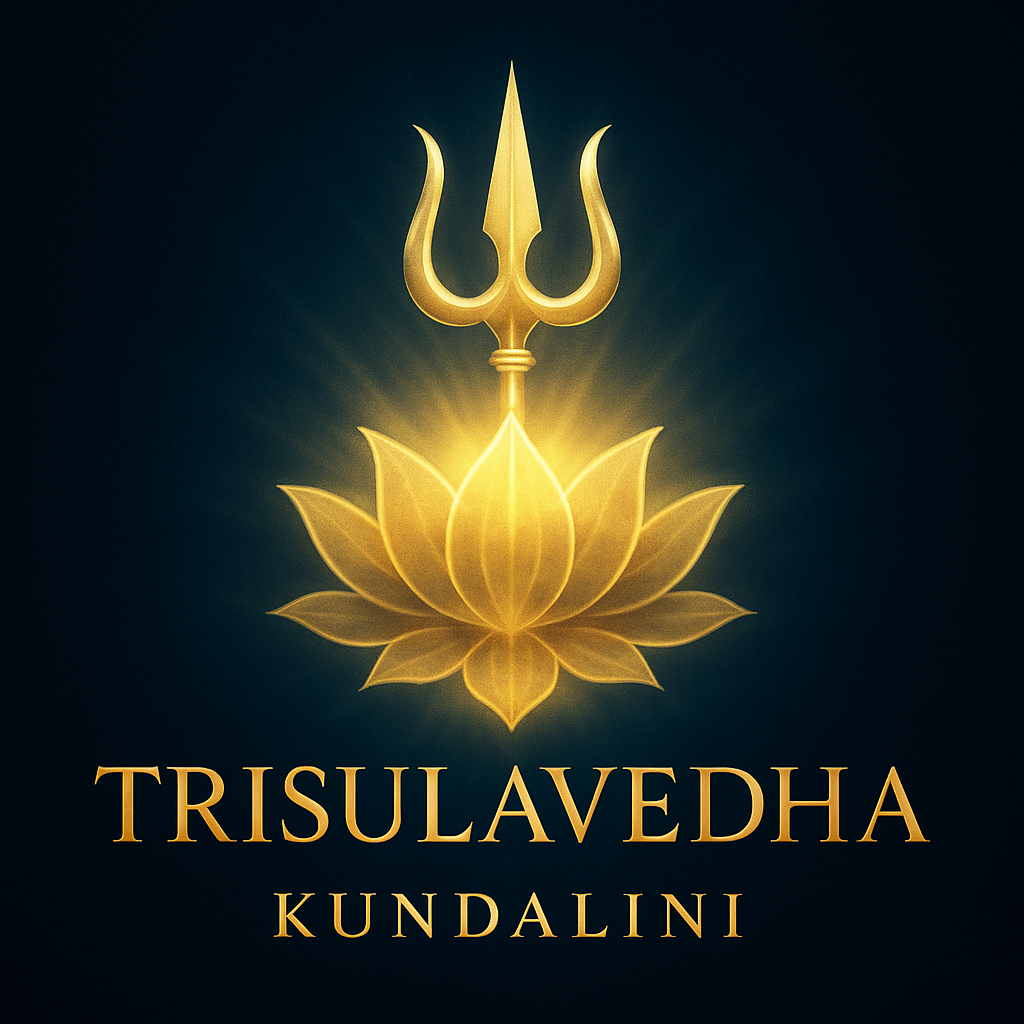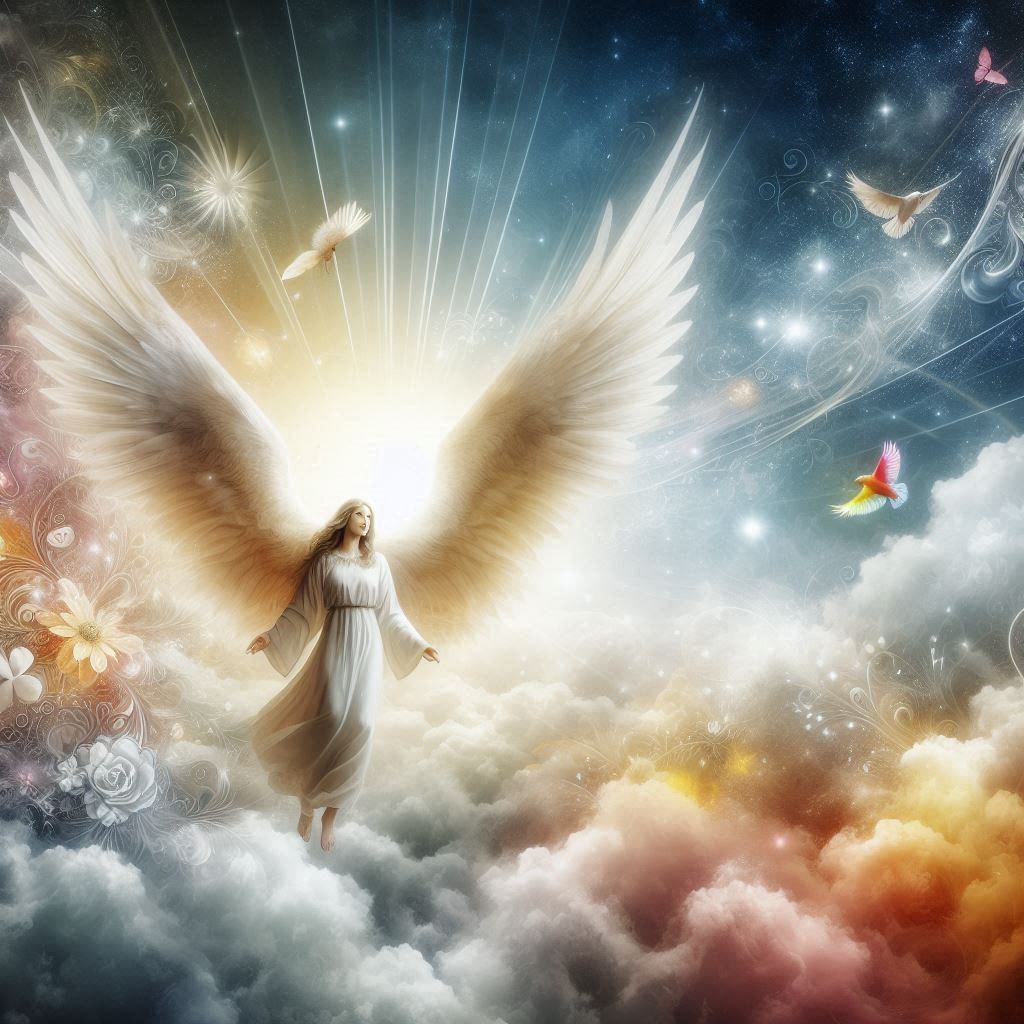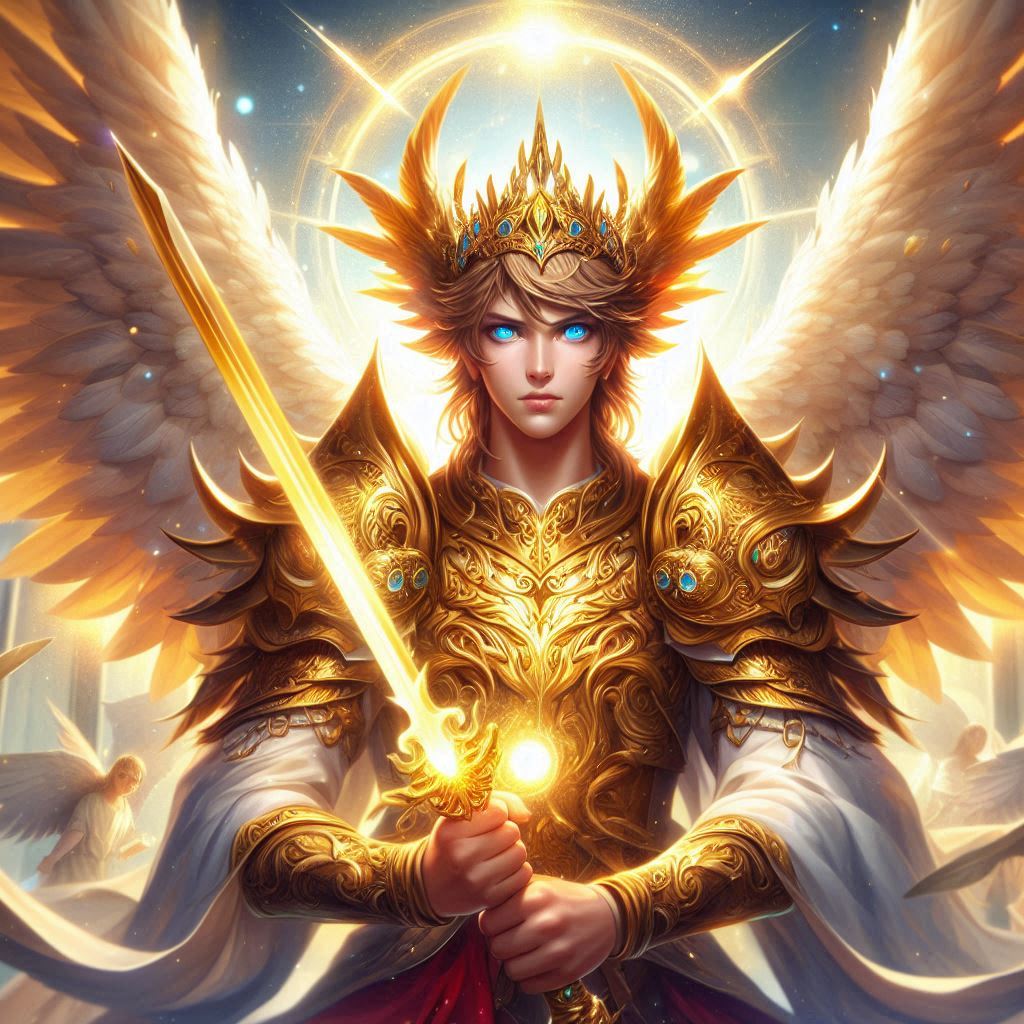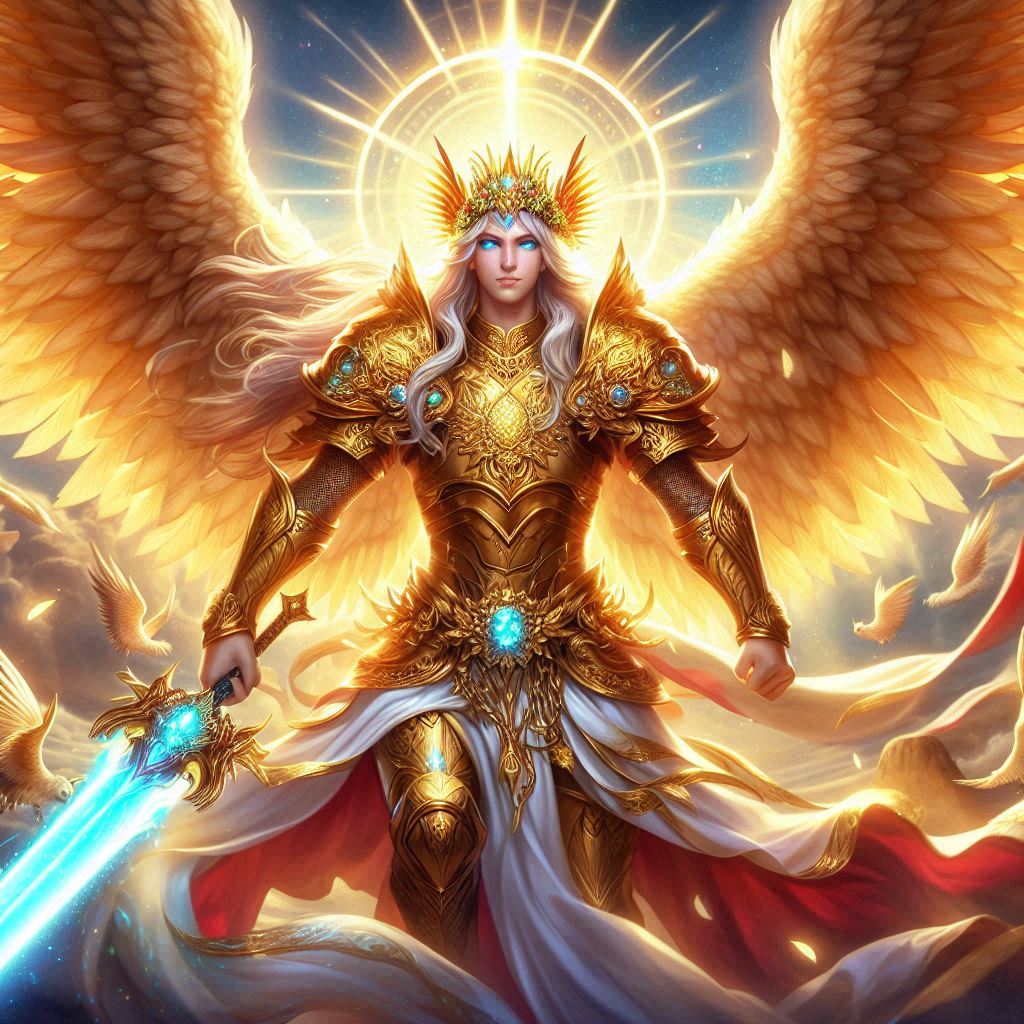According to yogic traditions, Kundalini is a form of dormant spiritual energy believed to reside at the base of the spine, in the Muladhara (root) chakra. The word Kundalini comes from the Sanskrit word “kundal”, meaning coiled, as this energy is often symbolized as a coiled serpent sleeping at the base of the spine.
Core Ideas in Yogic Traditions:
Energy of Consciousness: Kundalini is considered Shakti, the divine feminine energy, and the source of spiritual awakening and higher consciousness.
Ascent Through Chakras: Through dedicated spiritual practices (e.g., meditation, pranayama, mantra, kriya yoga), this energy can rise through the seven chakras along the Sushumna Nadi (central energy channel).
Union with Shiva: When Kundalini reaches the Sahasrara (crown) chakra, it unites with Shiva, representing self-realization, enlightenment, and the experience of divine bliss.
Transformation: The awakening of Kundalini brings about profound physical, mental, emotional, and spiritual transformations. However, it must be awakened gradually and safely to avoid imbalances.
Practices Involved:
Hatha Yoga: Prepares the body through asanas and breath control.
Raja Yoga: Focuses on meditation and control of the mind.
Kundalini Yoga (as taught by Yogi Bhajan): Uses kriyas, mantras, and breathwork to stimulate Kundalini.
Kriya Yoga (as taught by Paramhansa Yogananda): A system of energy control and meditation to awaken Kundalini gently and consciously.
In yogic traditions, Kundalini is said to reside at the base of the spine, specifically in the Muladhara chakra (root chakra). This chakra is located at the perineum in men and the cervix in women.
Kundalini is often symbolized as a coiled serpent—three and a half times—resting dormant at this location. When awakened through spiritual practices like meditation, pranayama, mantra, and kriya yoga, this energy rises through the sushumna nadi (central energy channel), activating the chakras along its path and leading to expanded states of consciousness, self-realization, or union with the divine.
The “serpent power” analogy used for Kundalini in yogic traditions holds deep symbolic, energetic, and spiritual meaning. Here’s why the serpent is such a powerful and fitting symbol:
🐍 1. Coiled Energy (Potential Power)
Kundalini is described as coiled three and a half times at the base of the spine, like a dormant serpent.
This represents untapped potential — a powerful force of consciousness and vitality lying dormant until awakened.
🔥 2. Awakening and Ascent
Just like a serpent uncoils and rises, Kundalini energy awakens and rises through the Sushumna Nadi, piercing each chakra along the way.
This rising motion is symbolic of spiritual evolution, expansion of consciousness, and inner transformation.
🌌 3. Sacred and Dangerous
Serpents have long been seen as sacred and mysterious creatures across cultures — both revered and feared.
Likewise, Kundalini is a sacred power, but if awakened improperly or prematurely, it can cause psychic, emotional, or energetic disturbances.
🧬 4. Symbol of Immortality and Regeneration
Serpents shed their skin, symbolizing rebirth, transformation, and healing.
The awakening of Kundalini represents a spiritual rebirth — the ego “dies” and a new, more enlightened self emerges.
🧘♀️ 5. Feminine Energy (Shakti)
In yogic cosmology, Kundalini is Shakti, the divine feminine energy.
The serpent goddess is a recurring motif in Hinduism and Tantra, representing the creative force of the universe.
Summary:
The “serpent power” analogy is not just poetic — it captures the dormant, coiled, mysterious, transformative, and sacred nature of Kundalini energy. Just as a serpent strikes only when fully awakened, Kundalini transforms the seeker only when it is consciously awakened and guided upward with devotion and discipline.
Kundalini and Shakti are intimately connected in Hinduism — in fact, Kundalini is considered a form of Shakti. To understand this relationship, let’s break it down:
🔆 1. Shakti: The Cosmic Feminine Energy
Shakti (Sanskrit: शक्ति) means “power” or “energy”.
She is the primordial creative force of the universe, the Divine Mother, and the dynamic energy behind all existence.
In Hindu philosophy, Shakti is the active principle, while Shiva represents the pure consciousness or the passive, unchanging witness.
🐍 2. Kundalini as Dormant Shakti
Kundalini is the individualized, dormant aspect of universal Shakti.
It resides in the Muladhara (root) chakra, coiled like a serpent.
Until awakened, Kundalini remains inactive, representing unrealized potential — the spiritual energy yet to rise.
🌈 3. The Journey of Awakening
When Kundalini awakens, it begins to ascend through the chakras, purifying the energy centers and activating higher consciousness.
This rising process is Shakti’s journey back to Shiva — her reunion with the universal consciousness at the Sahasrara (crown) chakra.
The union of Kundalini Shakti with Shiva symbolizes enlightenment, liberation (moksha), and inner completeness.
🔄 4. Microcosm and Macrocosm
In the macrocosm, Shakti creates and sustains the universe.
In the microcosm (the human body), Kundalini Shakti mirrors that role, sustaining physical and spiritual life.
Awakening Kundalini is like activating the divine engine within us — a process of inner creation and spiritual evolution.
🧘♀️ 5. Worship and Practices
In many Tantric and Yogic systems, especially Shakta traditions, practices focus on awakening and guiding Kundalini-Shakti upward.
Mantras like “Om Aim Hreem Kleem Chamundaye Viche” invoke aspects of Shakti.
Devotion to goddesses like Durga, Kali, or Tripura Sundari often parallels Kundalini work.
✅ Summary:
> Kundalini is Shakti in a latent form — the inner divine feminine energy within each person. As she awakens and ascends through the chakras, she reunites with Shiva, leading to transformation, bliss, and liberation. In this sacred dance, Kundalini is the bridge between the personal soul and the universal divine.
The main goals or purposes of awakening Kundalini in yogic and spiritual traditions are deeply transformative — aiming at both spiritual liberation and holistic evolution of the human being.
Here’s a breakdown of the core purposes:
🌟 1. Spiritual Enlightenment (Self-Realization)
Ultimate goal: To realize your true Self (Atman) beyond ego and illusion.
Kundalini awakening leads to the direct experience of oneness with the Divine (Brahman or Shiva).
This is the state of Samadhi, moksha, or nirvana — complete liberation from the cycle of birth and death (samsara).
🧠 2. Expansion of Consciousness
Kundalini activates the higher centers of the brain and awakens dormant mental, psychic, and spiritual faculties.
This leads to heightened awareness, intuition, insight, and the ability to perceive subtle realities beyond the five senses.
🧬 3. Total Inner Transformation
The energy purifies the chakras, nadis (energy channels), and karmic blockages.
It reshapes one’s personality, desires, emotions, and attachments, leading to:
Greater emotional balance
Detachment from ego
A life of compassion, service, and clarity
🕊️ 4. Union of Shakti and Shiva
Kundalini (Shakti) rises to unite with Shiva (pure consciousness) at the crown chakra (Sahasrara).
This inner union symbolizes balance of energy and awareness, feminine and masculine, body and spirit — the divine marriage within.
🌍 5. Awakening Divine Potential
Kundalini unlocks siddhis (spiritual abilities) such as:
Telepathy, healing abilities
Deep inner knowing (jnana)
Mastery over breath, body, or mind
Though not the goal, these are seen as byproducts of inner evolution.
🧘♀️ 6. Deep Healing and Rejuvenation
Many practitioners experience:
Release of trauma
Healing of psychosomatic disorders
Greater vitality and longevity
The energy revitalizes cells, organs, and the nervous system.
✅ Summary:
> The awakening of Kundalini is not just about mystical experiences — it’s a total reorientation of consciousness from ego to soul, from separation to unity. Its ultimate goal is liberation, divine union, and the realization of your highest potential as a human and spiritual being.
Kundalini is often described as a multi-dimensional phenomenon — it is energetic, spiritual, and subtly connected to the physical. Here’s how each dimension plays a role:
🔋 1. Energetic Phenomenon
At its core, Kundalini is considered a form of subtle energy (prana-shakti).
It flows through the nadis (energy channels), primarily the Sushumna, Ida, and Pingala.
Awakening Kundalini involves activating and directing this energy upward through the chakras to elevate consciousness.
The experience of heat, vibrations, inner light, and movement along the spine is often energetic in nature.
🌌 2. Spiritual Phenomenon
Kundalini is seen as the divine feminine power (Shakti) lying dormant within every person.
Its awakening leads to spiritual transformation, mystical insight, and ultimately union with the Divine (Shiva).
This is the soul’s journey toward enlightenment, transcending body and mind.
🧠 3. Psychophysical (Mind–Body) Effects
Though not purely physical, Kundalini profoundly affects the nervous system, brain, endocrine glands, and psychological state.
It can trigger:
Tremors, heat, spontaneous yoga postures (kriyas)
Emotional releases
Heightened intuition or altered states of awareness
These effects are subtle but real, often sensed physically and mentally.
💡 Analogy: Electricity in a Lamp
> Kundalini is like electric current (energy).
The chakras are like light bulbs (energy centers).
The spiritual awakening is like light illuminating the room (consciousness expanding).
The lamp itself (the body-mind system) vibrates and transforms as energy flows through.
✅ Summary:
> Kundalini is primarily an energetic and spiritual phenomenon with real psychophysical effects. It’s not just a metaphor or symbol — it’s a living, dynamic force that links the body, mind, energy, and spirit in a powerful journey of transformation.
The difference between an awakened and unawakened Kundalini lies in the state of your inner energy, level of consciousness, and spiritual awareness. Here’s a clear breakdown:
🐍 1. Unawakened Kundalini
Dormant State: Kundalini energy is coiled at the base of the spine in the Muladhara chakra.
Inactive: The energy is not actively moving through the chakras or influencing higher consciousness.
Everyday Awareness: The person operates primarily from the ego, driven by survival, desires, and basic instincts.
Blocked Chakras: Energy flow is limited; the nadis (energy channels) may be congested or closed.
No Spiritual Urge: The individual may not feel a deep spiritual longing, purpose, or inner transformation.
> 🧘 Analogy: Like electricity present in wires but not turned on — the potential is there but unused.
🔥 2. Awakened Kundalini
Active State: The Kundalini energy has been stirred and begins rising through the Sushumna Nadi, activating the chakras.
Energetic Awakening: People may experience heat, tingling, spontaneous movements (kriyas), visions, or bliss.
Expanded Awareness: There is a shift in perception — awareness moves beyond the ego toward unity, love, and higher wisdom.
Chakra Activation: As Kundalini rises, it purifies and energizes each chakra, leading to emotional and spiritual healing.
Spiritual Urge Intensifies: The person feels called to seek truth, purpose, and union with the Divine.
> 🧘 Analogy: Like a fire being lit — it brings light, warmth, and transformation.
✅ Summary:
> An unawakened Kundalini is like a seed of divine potential, quietly resting.
An awakened Kundalini is that seed bursting into a flame, beginning the journey of inner transformation, healing, and spiritual enlightenment.
Yes, Kundalini can be awakened accidentally or spontaneously, though this is rare and often unpredictable. Such awakenings may occur without formal spiritual practice, and while they can lead to deep insights or transformation, they may also be confusing or even destabilizing without proper preparation or guidance.
⚡ How Spontaneous Kundalini Awakening Can Happen:
1. Trauma or Shock
Emotional or physical trauma may suddenly crack open inner blockages, triggering energy release.
2. Deep Meditation or Breathwork
Unintentional activation during intense or prolonged spiritual practice, even without aiming to awaken Kundalini.
3. Near-Death Experiences (NDEs)
Some report sudden spiritual energy awakenings after surviving a life-threatening event.
4. Drug Use or Psychedelics
Certain substances may open energy channels temporarily, but without grounding or control.
5. Sexual or Emotional Union
Intense experiences of love, heartbreak, or sacred sexual connection can trigger energetic surges.
6. Karma or Grace
In yogic belief, it can occur as a result of past-life merit (samskaras) or divine grace (shaktipat from a guru).
🔥 Signs of Spontaneous Awakening:
Sensations of heat or energy rising in the spine
Vibrations, tingling, or electric-like currents
Involuntary body movements (kriyas)
Visions, inner light, hearing sounds (nada)
Intense emotions, fear, bliss, or confusion
Disconnection from ego or everyday reality
⚠️ Potential Challenges:
Without guidance, the person may face:
Anxiety or mental confusion
Sleep disturbances or body pain
Disruption of daily life or relationships
Spiritual disorientation
🧘♀️ Conclusion:
> Yes, Kundalini can awaken spontaneously, but such awakenings often come without the psychological or energetic preparation needed to handle them. That’s why yogic traditions emphasize gradual, conscious awakening under guidance — so the experience becomes transformational, not traumatic.







